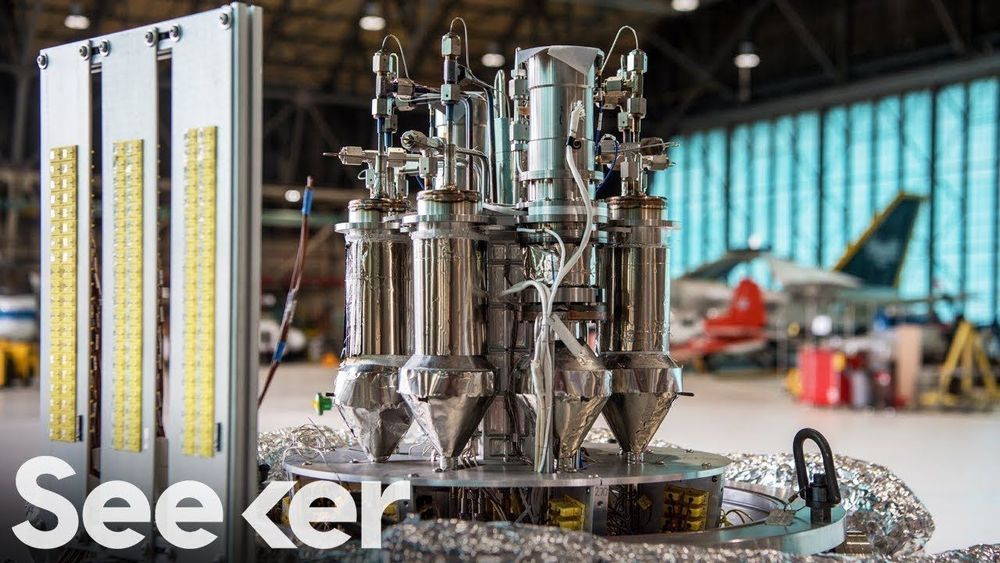Jul 8, 2019
Quantum Particles Found Exhibiting Immortality Through “Infinite Decay And Rebirth”
Posted by Quinn Sena in categories: computing, life extension, particle physics, quantum physics
https://youtube.com/watch?v=hyx6tBTk1p0
We know that the rule “nothing lasts forever” holds true for everything. But the world of quantum particles doesn’t always seem to follow the rules.
In the latest findings, scientists have observed that quasiparticles in quantum systems could be virtually immortal. These particles can regenerate themselves after they have decayed — and this can have a significant impact on the future of quantum computing and humanity itself.

















